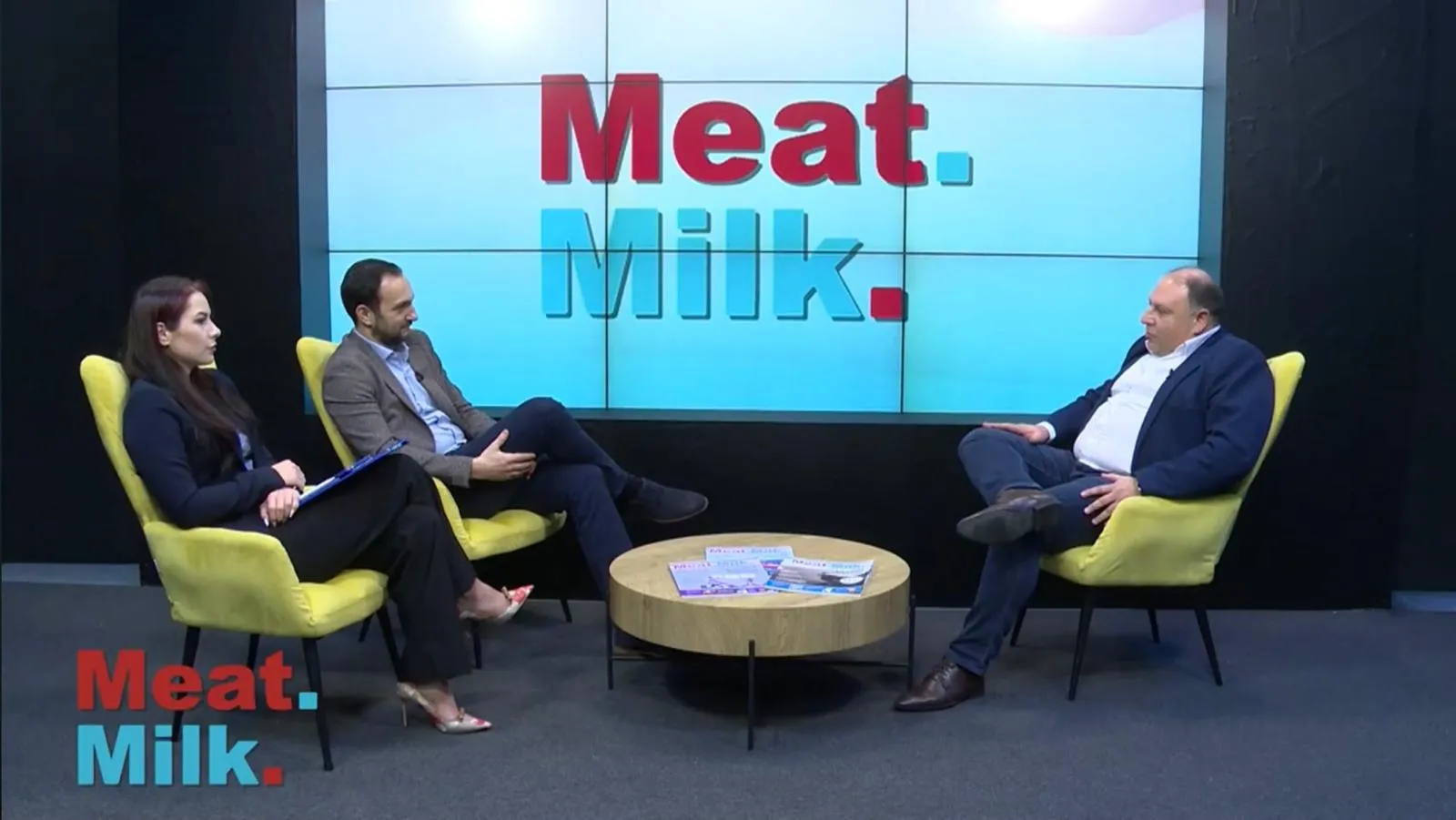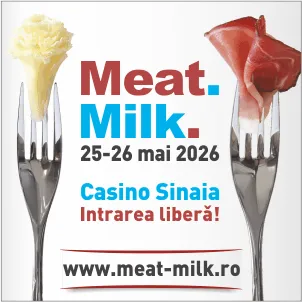1002

Feed Mills of the Future: Turning Processing Challenges into Innovation Opportunities
According to AllAboutFeed, by addressing key challenges such as moisture control, pellet quality, process automation, and energy efficiency, feed mills can transform obstacles into opportunities for growth, innovation, and higher profitability.
A Constant Pressure to Perform
The feed processing industry is under continuous pressure to meet rising demand while maintaining efficiency, profitability, and sustainability.
From pellet quality issues to high energy consumption, feed mills face daily operational challenges. Yet, these very challenges also present unique optimization opportunities to improve production performance, feed quality, and business margins.
Moisture Control: From Losses to Gains
Moisture management is one of the most critical challenges in feed processing. Poor control can lead to low pellet durability, spoilage, microbial contamination, and energy waste. With the right approach, however, it becomes a powerful optimization tool.
The Challenge:
- Moisture Loss: Common during particle size reduction, mixing, and pelleting, leading to weaker pellets and increased energy use.
- Excess Moisture: Promotes spoilage and the growth of harmful microorganisms like molds and bacteria.
- Shrinkage and Financial Losses: A feed mill can lose up to 3% moisture during processing, directly impacting production yields and profitability.
The Opportunity:
By using newly developed esterified surfactants and organic acid blends during mixing, feed mills can significantly improve moisture retention, reduce microbial growth, and enhance pellet durability.
These improvements result in:
- Higher feed quality
- Less waste
- Notable cost savings
Precise moisture monitoring, energy tracking, and quality assurance throughout processing support sustained productivity.
Pellet Quality: Turning a Weak Point into a Competitive Edge
Pellet quality lies at the heart of feed production. Low-quality pellets—marked by high fines, brittleness, or inconsistent sizing—not only cause waste but also reduce animal feed efficiency.
Durable, consistent pellets ensure feed arrives intact, maintaining nutritional value.
The Challenge:
- Inconsistent Pelleting: Caused by feed formulation variations, improper grinding, poor die and roller maintenance, or inefficient conditioning.
- Increased Equipment Wear: Worn dies and rollers reduce pellet integrity and increase energy consumption.
The Opportunity:
Pellet quality can be improved through:
- Better particle size reduction techniques
- Routine equipment maintenance
- Optimal moisture and temperature conditioning
Correct moisture levels during mixing, and precise steam conditioning, soften feed particles, enhance starch gelatinization, and improve pellet binding strength, resulting in:
- More durable pellets
- Better digestibility
By adopting preventive maintenance and predictive modeling, mills can reduce equipment wear, ensure consistent output, and optimize performance in real time.
Energy Efficiency: Shifting from Consumption to Conservation
Energy use is a major cost driver in feed milling—especially during grinding, pelleting, and cooling. Inefficient energy use increases costs and undermines sustainability.
The Challenge:
- High Energy Consumption: Particularly during grinding and pelleting, which are energy-intensive.
- Wear and Tear: Worn equipment demands more power to achieve the same output.
The Opportunity:
Feed mills can:
- Improve equipment efficiency
- Adopt energy-saving technologies and additives (e.g. esterified surfactants)
- Use alternative energy sources such as solar power, biogas, and heat recovery systems
Real-time energy monitoring and routine maintenance help detect inefficiencies early, allowing quick adjustments to minimize waste.
Advanced process control systems can also adjust settings automatically, optimizing energy use and ensuring consistent production conditions.
Automation & Digitalization: Optimizing the Entire Operation
Modern feed production is increasingly complex. Manual processes often lead to errors and inefficiencies, especially in larger facilities.
The Challenge:
- Manual Process Management: Time-consuming, error-prone, and inefficient in controlling quality or maintaining equipment.
- Data Underutilization: Many mills collect data but fail to use it for optimization.
The Opportunity:
Digitalization allows:
- Automated, real-time process adjustments
- Consistent quality
- Minimized downtime
Digital dashboards provide a complete view of raw material quality, processing conditions, and production trends—enabling data-driven decisions and continuous improvement.
Conclusion: Turning Challenges into Growth Opportunities
The challenges faced by feed mills—from moisture control to pellet quality, energy management, and ingredient variability—are not insurmountable.
With the right technology, mindset, and feed additives, these challenges can be transformed into opportunities for optimization.
By:
- Using advanced moisture control products
- Enhancing equipment maintenance
- Improving energy use
- Embracing automation and digital tools
…feed mills can boost operational efficiency, reduce costs, and improve feed quality.
The future of feed milling lies in innovation and continuous optimization—where every challenge becomes an opportunity for growth.





